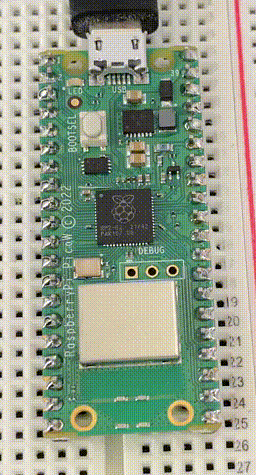I decided to get one of the TS80P soldering irons that everyones seems to have been raving about for the past year or so.
The main reason I wanted to get this is bacause you can easily flash it with an open source firmware called IronOS which I think is a pretty cool thing to do.
You can pick up a TS80P from Amazon or AliExpress. The USB power monitor I’m using is this one.
One of the things to be aware of is that you are going to need a power supply that supports Quick Charge or Power Delivery.
If you try and use the iron with a normal USB supply then it won’t work and will display this nice little error message.
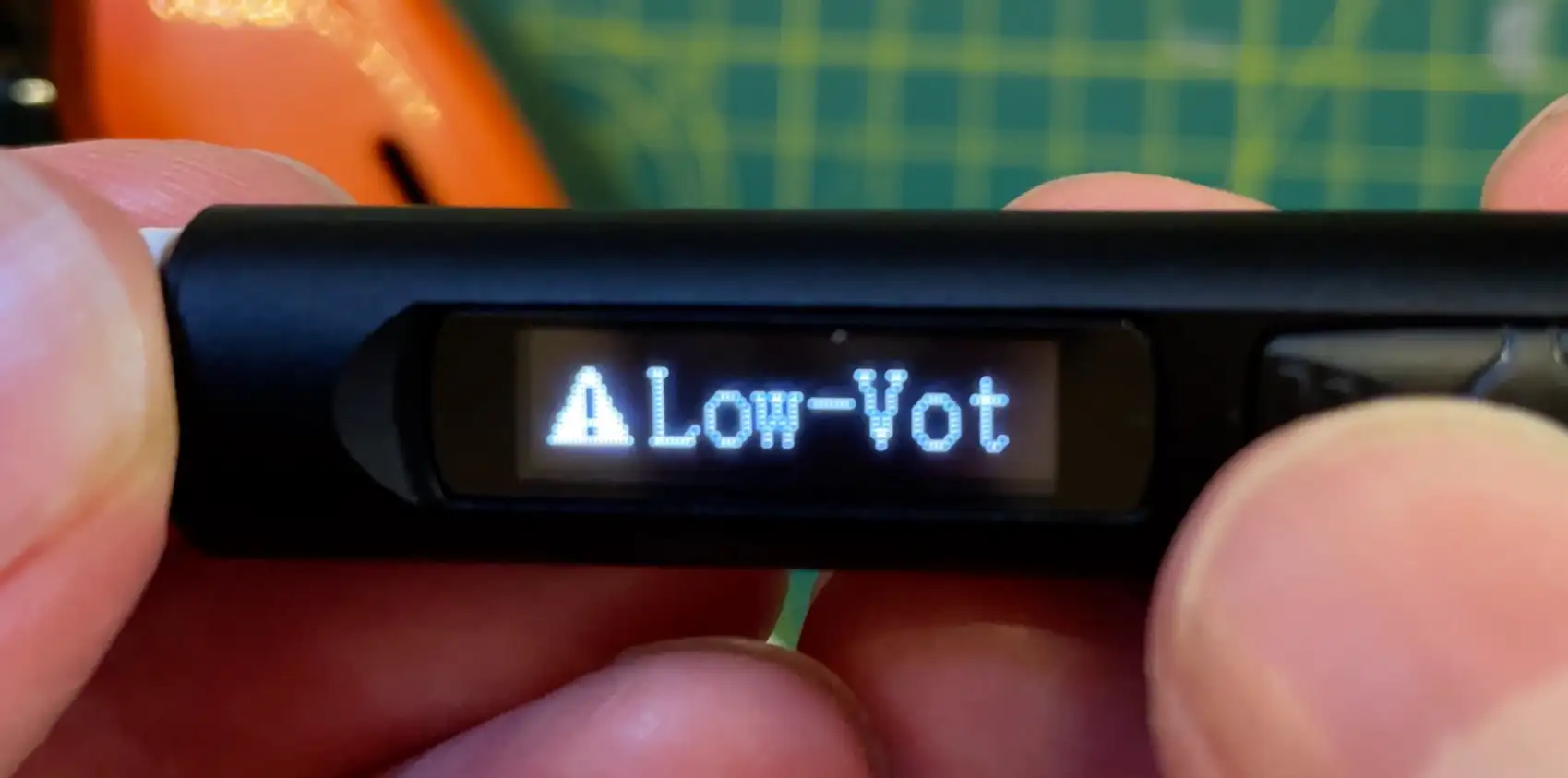
I’ve got a couple of USB power supplies that support Power Delivery - the Apple charger for my laptop and I’ve got this nice compact 65W GaN fast charger. It looks like Gallium nitride is going to become the standard for swiching power supplies. It should be a lot more efficient.
Unfortunately I don’t actually have any Quick Charge compatible chargers to test.
The GaN charger I’m using is available here.
Let’s try out the apple one first. I’ve got it connected up through my USB power monitor as soon as I click the heating button we start using almost 9 volts and almost 2amps. Interestingly the power reported from my USB power monitor is slightly more than what is reported by the soldering iron.
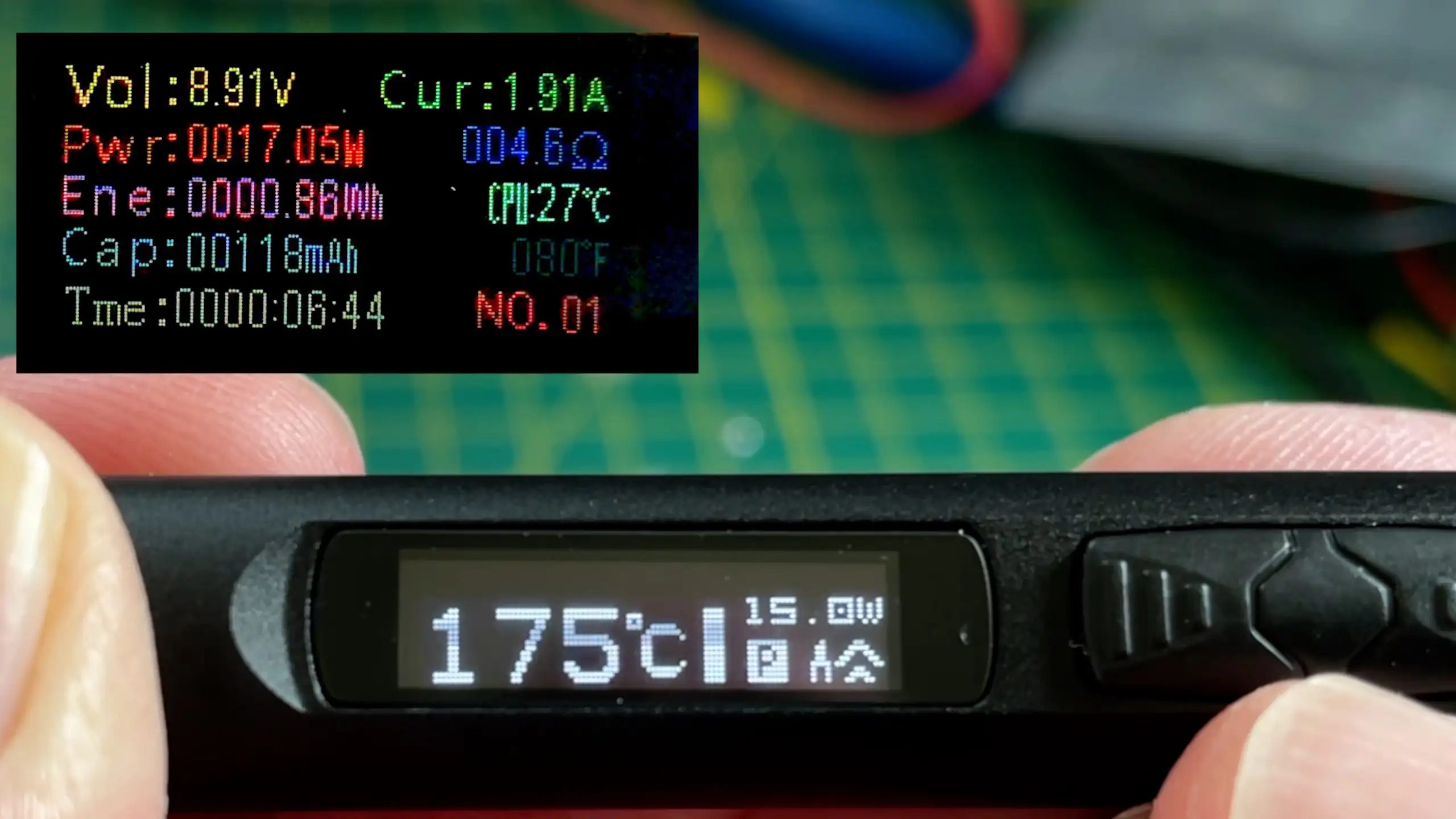
We get up to temperature in just under 20 seconds.
With the fast charger we get much better results. Interestingly when we click the button it takes a couple of seconds for it to start using the full 12 volts, but once it gets going the temperature shoots up. We’re up temperature in 10 seconds.
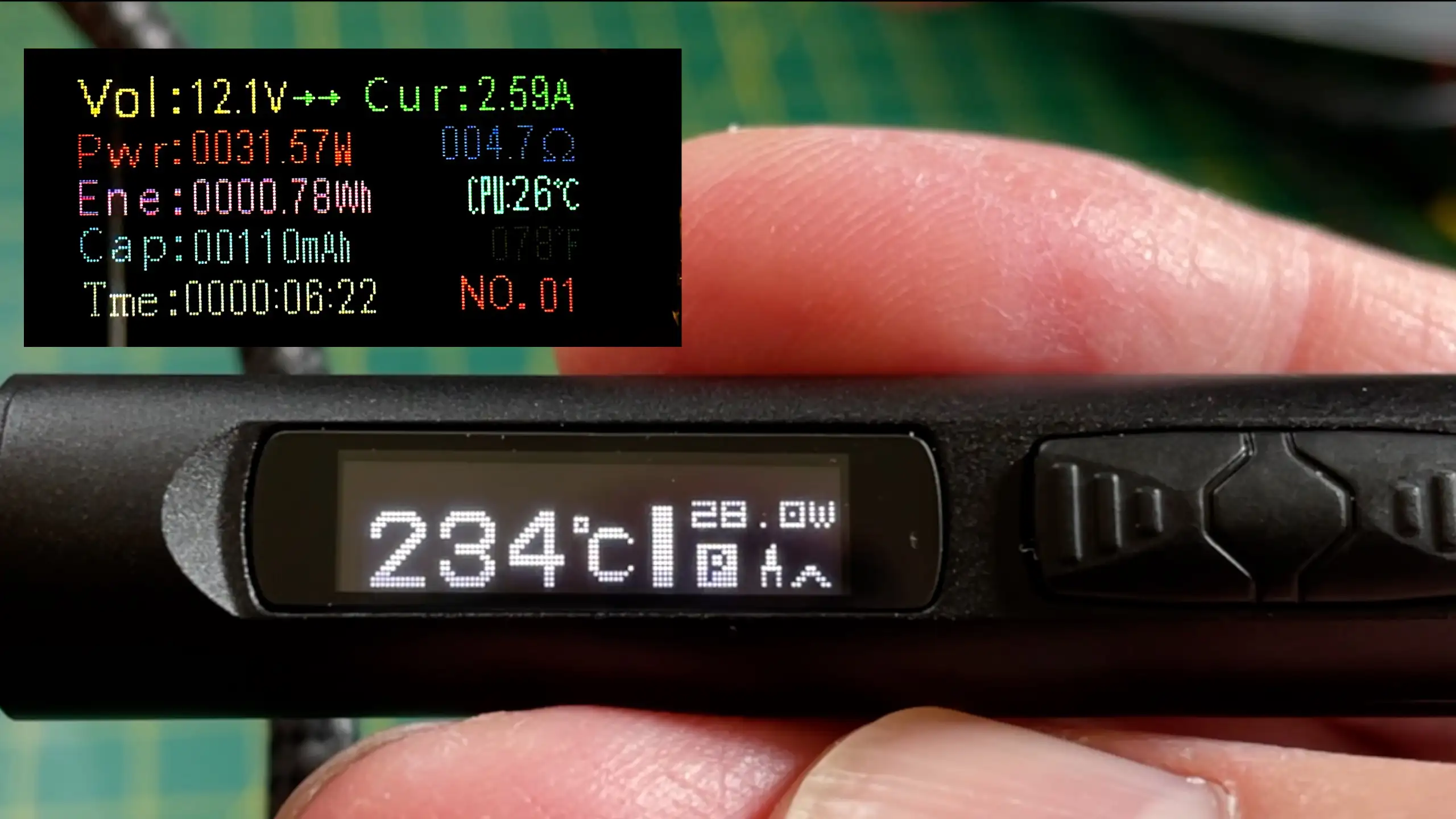
Twice as fast - which is not that surprising as we were getting twice as much power almost 30 watts vs 15 watts.
I believe with the Apple charger the next voltage it supports after 9v is 15v. The maximum voltage the soldering iron can take is 12v so we’re limited to 9v if we use the Apple charger.
Flashing with the open source IronOS firmware is really easy. To get the iron into DFU mode you just hold down the button when you connect it to a USB port on your computer. The device is mounted as a flash drive and we simply drop the new firmware version into it.
If it’s successful then we’ll see the file renamed to the new extension “RDY”. If it fails then we’ll see the extension changed to “ERR”. If that happens then just give it another go.
What’s interesting is that with the new firmware we can now power the iron off our USB supply - it does draw around 1 amp though, so you will need a supply that is capable of that. And you’ll also need quite a lot of patience as it is slow.

But, in an emergency situation where it’s all you have it will probably be ok - let’s stop this now as it’s going to take a while…
I managed to get my hands on Raspberry Pico W and need to solder on some headers.
The results are pretty good - I’ve never been especially good at soldering, which I why I tend to do surface mount nowadays, I’ve got some new boards to solder up from PCB way for some future projects and there are always some through hole components and headers needed.
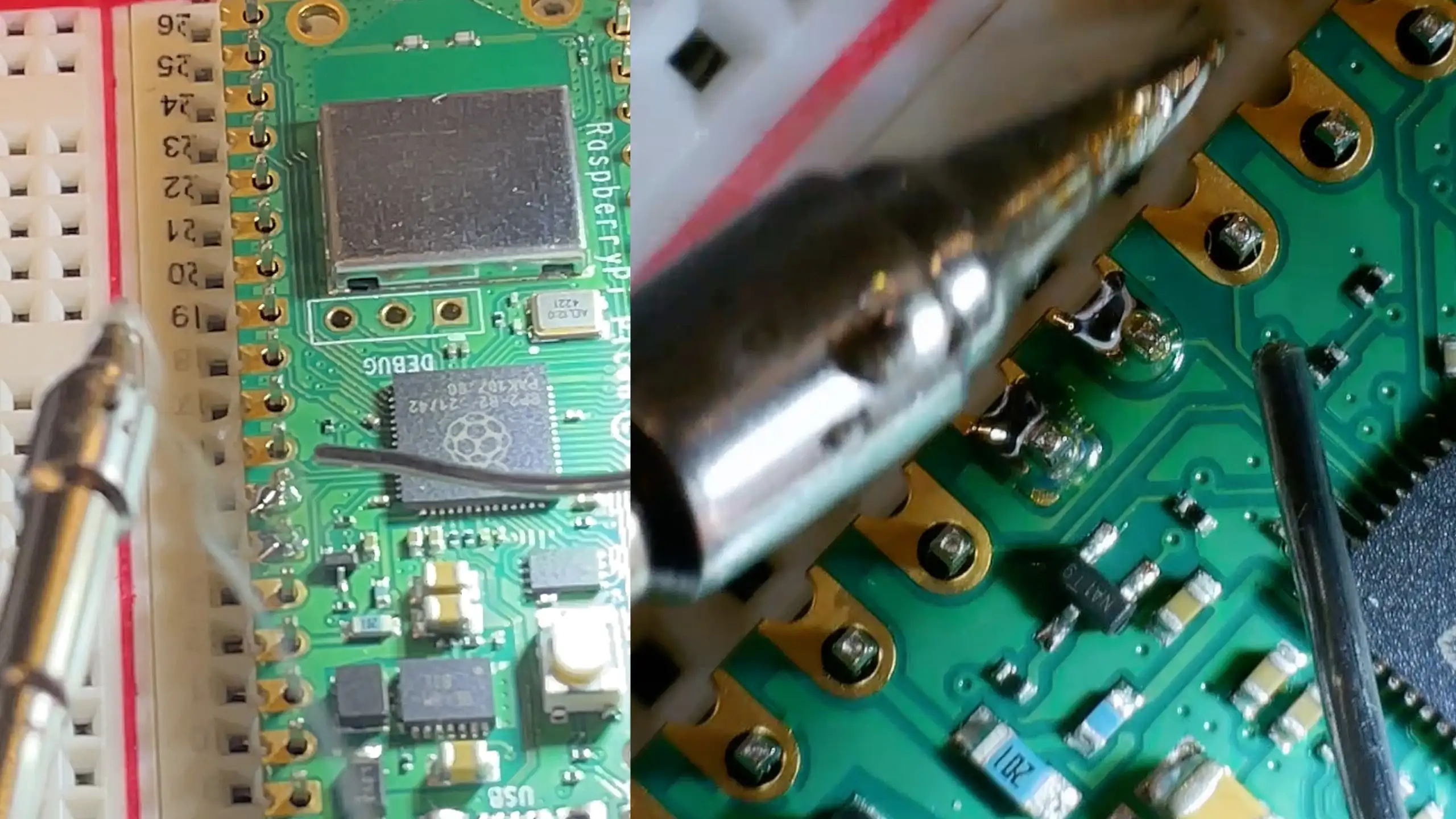
One thing that caught me out with the pico W is that the standard LED blink sketch didn’t work - you have to use the string ‘LED’ instead of the number 25.
import machine
import time
import machine
led = machine.Pin("LED", machine.Pin.OUT)
while (True):
led.on()
time.sleep(0.5)
led.off()
time.sleep(0.5)
And you need to flash with a nightly build of micropython - if you don’t then the sample code doesn’t work.
This is pretty painless, we just hold down the bootsel button and then drop the new firmware into the USB drive.
And we’ve got a flashing LED - pretty cool. I’ll be exploring the pi pico W in future projects.
